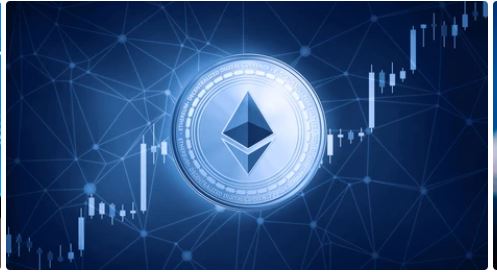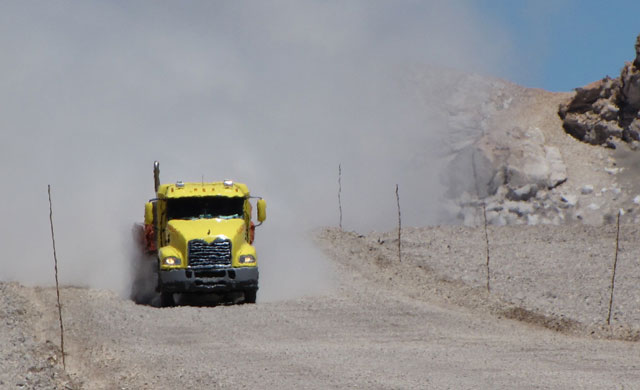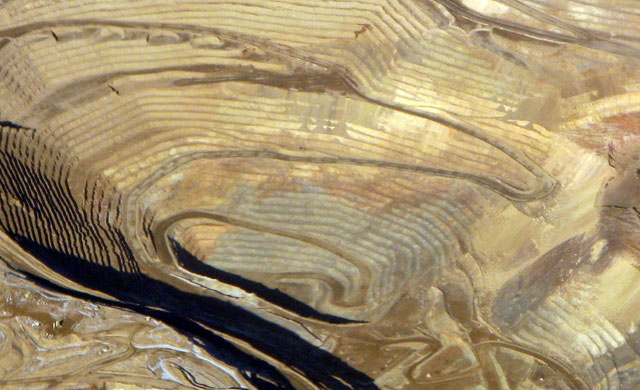Clearly J Smart (LSE:SMJ) has more money than it knows what to do with – see Friday’s newsletter. The money in bank accounts, shares and other liquid assets is generally not needed for operations.
Indeed, the investment property holding division could easily take on some borrowing to finance itself and/or add to the cash pile in “Cash-Land-Shares division” – after all, investment property produces £3.7m rent annually so could support a fairly high level of bank debt.
The capital held in liquid form produces very poor returns – less than 1% on the cash. We can conclude that the directors run a very inefficient balance sheet. We can also conclude that one day that money might be handed to shareholders.
The directors have been on the path of distribution for some time, but they have room to accelerate this – see table. If the directors continue to produce earnings north of £4m but distribute £2.3m to shareholders then they will accumulate an ever larger cash pile. A special dividend anyone? Or a large rise in annual share buy backs?
| £m | Profit after tax | Dividends paid | Spent on share buy backs | Total flowing to shareholders | |||
| 2018 | 4.85 | 1.39
(after waivers of final dividend by over 50% of shareholders) |
0.908 | 2.30 | |||
| 2017 | 3.73 | 0.84 | 0.55 | 1.40 | |||
| 2016 | 3.49 | 0.84
(after waivers of final dividend by over 50% of shareholders) |
0.70 | 1.55 | |||
| 2015 | 3.00 | 0.85
(after waivers of final dividend by over 50% of shareholders) |
0.83 | 1.68 | |||
| 2014 | 1.03 | 0.86
(after waivers of final dividend by over 50% of shareholders) |
0.29 | 1.15 | |||
| 2013 | 0.38 | 0.87
(after waivers of final dividend by over 50% of shareholders) |
1.85 | 2.72 | |||
| 2012 | -0.53 | 1.44 | 0.75 | 2.19 | |||
| 2011 | 1.01 | 1.43 | 0 | 1.43 | |||
| 2010 | 3.73 | 1.40 | 0 | 1.40 | |||
| 2009 | -1.16 | 1.39
(after waivers of interim dividend by over 50% of shareholders) |
0 | 1.39 | |||
| 2008 | 5.33 | 0.65
(after waivers of interim and final dividend by 51% of shareholders) |
0 | 0.65 |
Musing on the future of that cash
NCAV is £89.2m and the number of shares is 43.58m therefore NCAV per share is £2.05.
By buying-in 2% of its shares each year at a price below NCAV per share the controlling family and the other remaining shareholders gain an increase in net current asset value per share.
Average profit after tax over the last five years is £3.2m – see bottom of the table (the other numbers are before deduction of tax).
| £000s | 2018 | 2017 | 2016 | 2015 | 2014 | ||||
| Net rental income | 3,728 | 3,437 | 3,356 | 3,171 | 3,485 | ||||
| Profit on sale of investment property | 0 | 613 | 186 | 60 | 0 | ||||
| Net surplus (deficit) on valuation of investment property | 2,859 | 614 | 136 | -211 | -782 | ||||
| Share of profit from joint ventures | 463 | 42 | 33 | 1,306 | 469 | ||||
| Finance income | 180 | 95 |
………………To read more subscribe to my premium newsletter Deep Value Shares – click here http://newsletters.advfn.com/deepvalueshares/subscribe-1

 Hot Features
Hot Features












